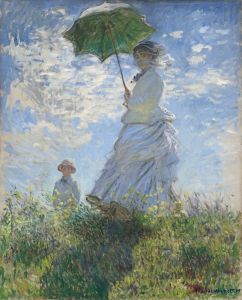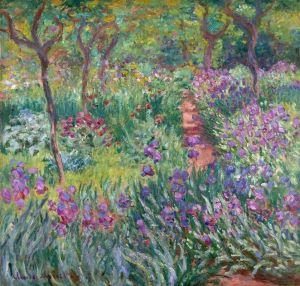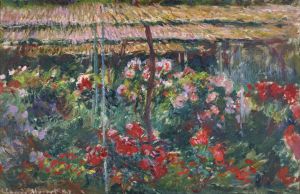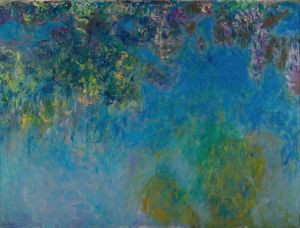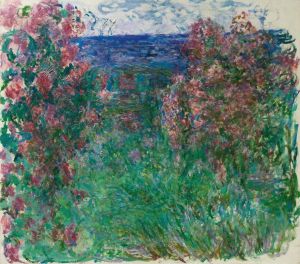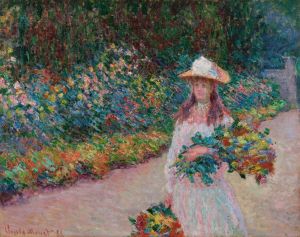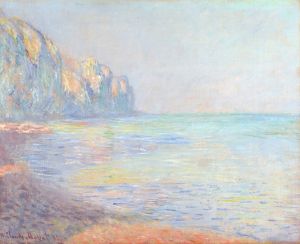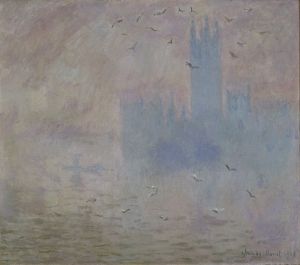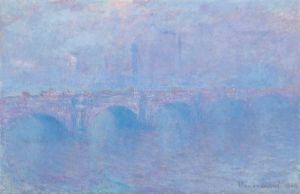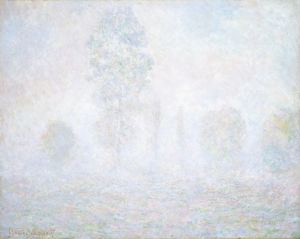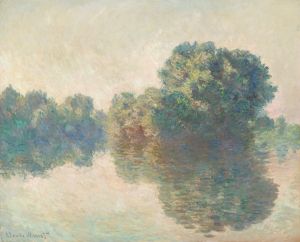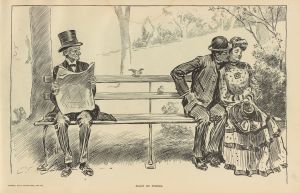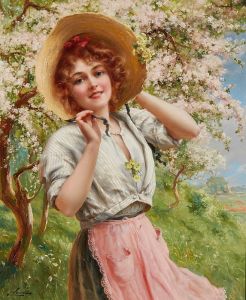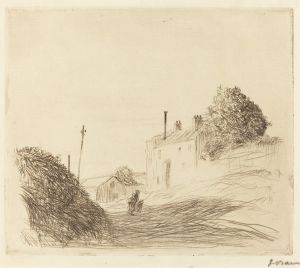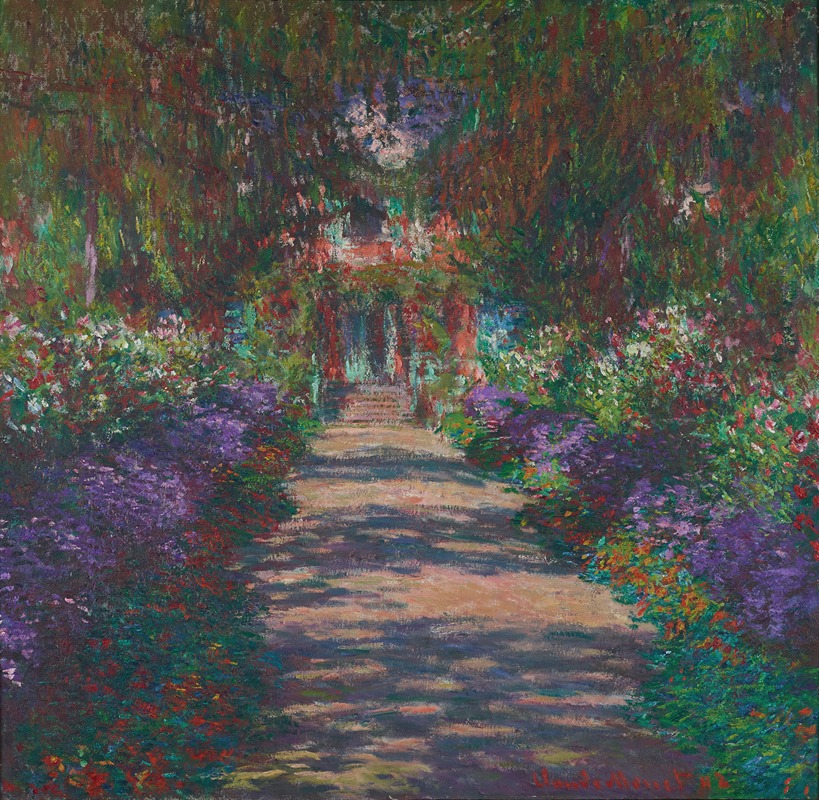
Eine Allee in Monets Garten in Giverny
A hand-painted replica of Claude Monet’s masterpiece Eine Allee in Monets Garten in Giverny, meticulously crafted by professional artists to capture the true essence of the original. Each piece is created with museum-quality canvas and rare mineral pigments, carefully painted by experienced artists with delicate brushstrokes and rich, layered colors to perfectly recreate the texture of the original artwork. Unlike machine-printed reproductions, this hand-painted version brings the painting to life, infused with the artist’s emotions and skill in every stroke. Whether for personal collection or home decoration, it instantly elevates the artistic atmosphere of any space.
Claude Monet, a pivotal figure in the Impressionist movement, is renowned for his innovative approach to capturing light and atmosphere in his paintings. One of his notable works is "Eine Allee in Monets Garten in Giverny," which translates to "An Alley in Monet's Garden in Giverny." This painting is part of a larger body of work that Monet created during his time at his home in Giverny, France, where he lived from 1883 until his death in 1926.
Monet's garden in Giverny was a source of endless inspiration for the artist. He meticulously designed and cultivated the garden, transforming it into a living canvas that he could paint from life. The garden featured a variety of flowers, plants, and water features, including the famous water lily pond that became the subject of many of his later works. The alley depicted in this painting is one of the many pathways that Monet designed, lined with lush vegetation and vibrant flowers.
"An Alley in Monet's Garden in Giverny" exemplifies Monet's Impressionist style, characterized by loose brushwork, a focus on light and color, and an emphasis on capturing the fleeting moments of nature. In this painting, Monet employs a palette of greens, blues, and other natural hues to convey the serene and verdant atmosphere of his garden. The dappled light filtering through the trees creates a sense of movement and life, a hallmark of Monet's ability to depict the changing qualities of natural light.
Monet's work in Giverny marked a significant period in his artistic career. It was here that he fully embraced the Impressionist technique, moving away from the more structured compositions of his earlier works. The garden became a laboratory for Monet, where he could experiment with color, form, and perspective. His paintings from this period are celebrated for their innovative approach to landscape painting and their influence on the development of modern art.
The significance of Monet's garden paintings extends beyond their aesthetic appeal. They reflect Monet's deep connection to nature and his desire to capture its beauty in a way that was both truthful and evocative. His work in Giverny also underscores the importance of place in his art, as the garden provided a constant source of inspiration and a retreat from the outside world.
Monet's legacy as a master of Impressionism is firmly established, and his paintings of Giverny continue to be celebrated for their beauty and technical brilliance. "An Alley in Monet's Garden in Giverny" is a testament to Monet's skill as a painter and his ability to transform a simple garden path into a work of art that resonates with viewers. The painting is a reminder of the power of nature to inspire creativity and the enduring impact of Monet's vision on the art world.





